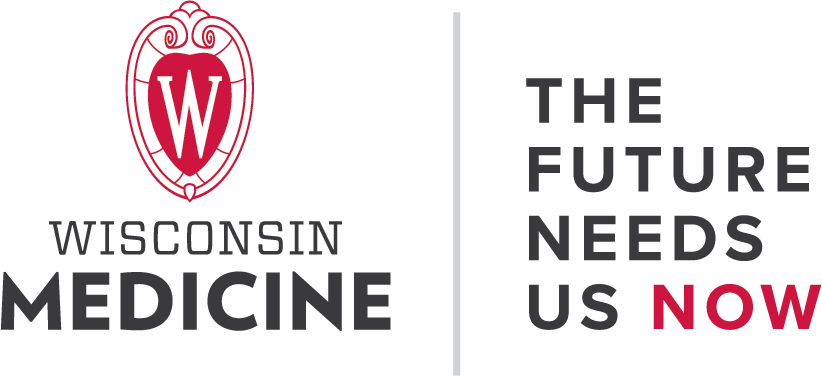Promising research gives hope to people like Randy
Randy Teske was diagnosed with idiopathic pulmonary fibrosis 2½ years ago. His name was added to the waitlist for a lung transplant this past June and seven months later on January 23, 2024, he received the gift of life.
“It was too late for me to avoid transplant, but maybe they can make a discovery that may help somebody else down the line. The only way they can do that is through research,” he said. Randy hopes to help others by participating in a clinical trial at the University of Wisconsin, and he’s grateful for the philanthropic donors who support research.
Once a healthy guy who walked 3-4 miles a day over his lunch break, Randy needed a portable oxygen concentrator to carry laundry up the stairs. While he waited for the perfect donor match, Randy did his best to keep his lungs as healthy as possible by going to pulmonary rehab three days a week and riding a stationary bike at home.
Pulmonary fibrosis means that Randy’s lungs were filled with scar tissue that looked like honeycomb or broken glass. Idiopathic means there’s no known cause. Randy’s sister died from the disease last year, just 10 months after diagnosis.
“Continuous, progressive and unrelenting,” is how pulmonologist and critical care physician Lynn Schnapp, MD, describes the condition. She is also the George R. and Elaine Love Professor and Chair of the Department of Medicine.
Dr. Schnapp shared that there are only two drug therapies currently approved by the FDA that can slow down the progression of the disease. But they can’t stop it and they can’t reverse it, so a lung transplant becomes the only viable option.
She hopes to change that through her research. Dr. Schnapp is an established National Institutes of Health-funded investigator in cell and molecular biology with clinical and research expertise in lung injury and repair. She is interested in understanding why the lung can repair itself and get back to normal function with some diseases while the damage is permanent with idiopathic pulmonary fibrosis.
Support from philanthropy allowed Dr. Schnapp to purchase a new cytometer for her lab to analyze the proteins and cells in lung tissue from patients who have received transplants. This sophisticated new equipment provides more precise information, much faster and at a lower cost.
“We are starting to recognize the complexity of the lung and to see the nuances of the different cells,” she said. “We are trying to understand what the common pathways are and how the scarring in the lungs may also affect other organs such as the kidney and the skin. We hope to discover what cells are producing the scar tissue and what turns them off so that ultimately, we can develop a therapy that can reverse the fibrosis.”
Dr. Schnapp says there are no quick and easy answers, but she is proud to contribute to the body of knowledge she hopes will ultimately lead to a cure for her patients.
“Even though I'm looking at the cellular level and working on DNA and proteins as a physician-scientist, having the patient as my North Star is what's driving me and keeps me going,” says Dr. Schnapp.
Share Your Story
Did UW Health or the UW School of Medicine and Public Health have a life-changing impact on you or someone you love? Be part of the Wisconsin Medicine story by inspiring others with your story. Share it now.

